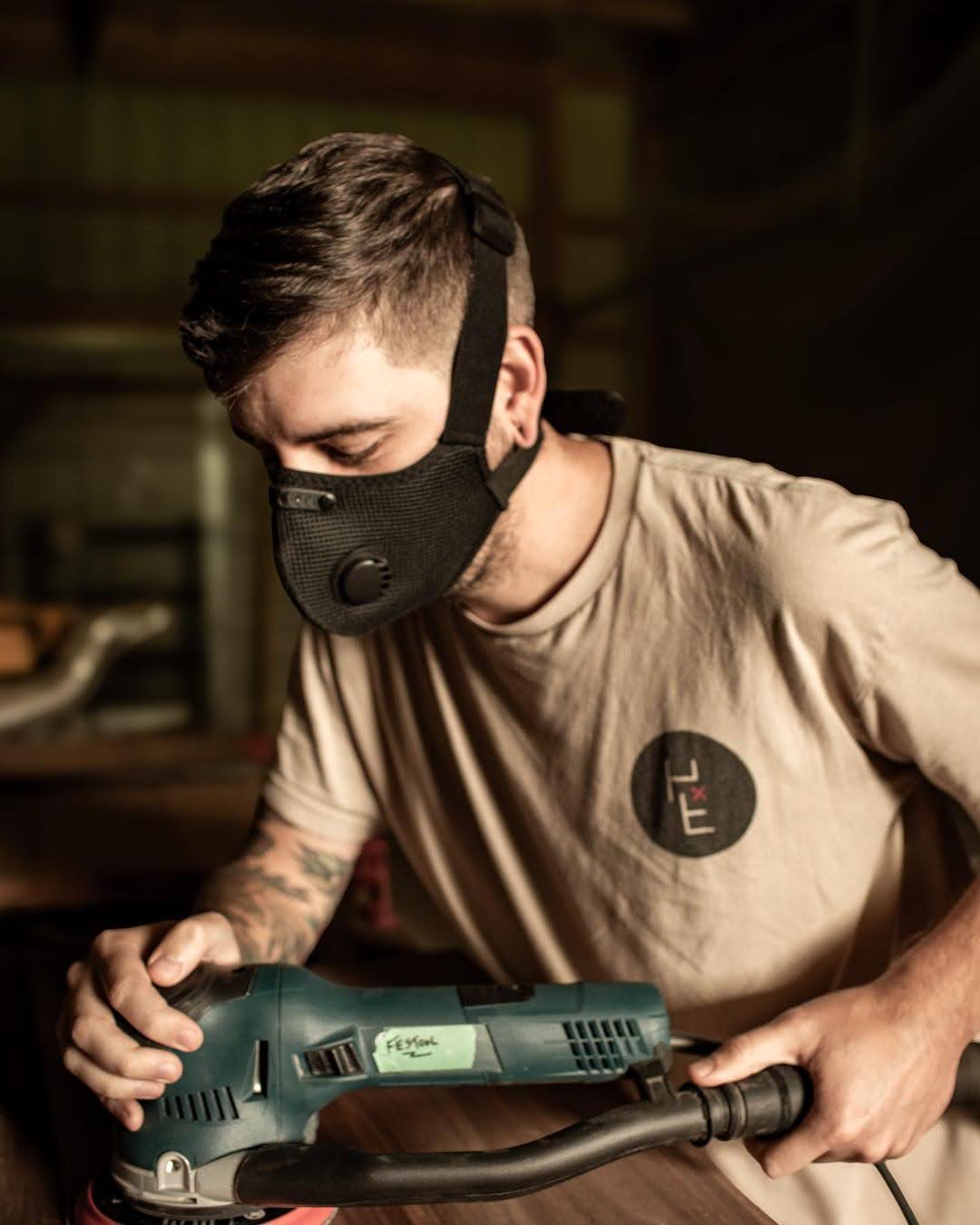Introduction
Cocaine addiction can escalate rapidly, impacting health, relationships, and careers. In a city known for its fast pace and high stakes, a specialized cocaine rehab program in Los Angeles must address both the physical and psychological aspects of dependence. This article explores what such programs entail and why they offer hope for those caught in cocaine’s grip.
Understanding Cocaine Dependence
Cocaine stimulates the brain’s reward system, producing intense euphoria. Over time:
- Tolerance builds, requiring higher doses for the same effect.
- Withdrawal symptoms—fatigue, depression, irritability—can be severe.
- Cravings often persist long after detox, increasing relapse risk.
Effective rehab targets these challenges head-on through medical and therapeutic interventions.
Core Components of Cocaine Rehab
A comprehensive program typically includes:
- Medically Supervised Detox: Ensures safety during withdrawal.
- Behavioral Therapies: Cognitive-behavioral therapy (CBT) to rewire thought patterns.
- Support Groups: Peer-led sessions like 12-step or SMART Recovery.
- Aftercare Services: Continued counseling and relapse prevention.
Combining these elements creates a strong foundation for lasting recovery.
The Importance of Environment
The setting plays a crucial role in success. A tranquil, structured environment helps clients focus on healing without external stressors. Facilities in Los Angeles often feature:
- Private Rooms: Reducing triggers and promoting rest.
- Therapeutic Amenities: Meditation gardens, art studios, and fitness centers.
- Nutritional Support: Balanced meals that aid brain repair and physical health.
By nurturing overall well-being, these environments enhance resilience against relapse.
Mid-Program Support and Education
Relapse Prevention Workshops
These interactive sessions delve deeper into identifying both external and internal triggers—such as stress, social pressure, or emotional downturns—and guide clients through evidence-based coping strategies. Participants learn how to recognize early warning signs, practice mindfulness exercises, and develop personalized action plans to navigate high-risk situations without turning back to substance use. Through role-playing scenarios and group discussions, clients reinforce their ability to respond effectively when cravings arise.
Family Education
Healing extends beyond the individual, so dedicated workshops for loved ones focus on building a supportive home environment. Family members receive guidance on setting healthy boundaries, communicating constructively, and understanding the stages of addiction and recovery. By learning about codependency issues and enabling behaviors, families can shift from unwitting contributors to active allies. These sessions often include joint exercises where households practice empathy-building techniques, ensuring that clients feel understood and encouraged once they return home.
Life Skills Training
These seminars cover essential abilities for independent living—financial planning, resume writing, interview preparation, and social reintegration. Clients work with career coaches to identify strengths, explore job opportunities, and draft practical budgets. Group activities, such as mock interviews and networking simulations, help build confidence. Workshops also address stress management, time management, and effective communication, empowering participants to navigate daily responsibilities without relying on substances.
These resources empower clients to rebuild their lives with confidence. In the heart of Los Angeles, enrolling in a reputable cocaine rehab in los angeles provides the structured care and expert interventions needed to break free from dependency and rebuild a healthy life.
Transitioning Back to Daily Life
Outpatient Counseling
Following discharge, scheduled individual or group counseling sessions keep clients accountable and support long-term recovery. Licensed therapists monitor progress, address emerging challenges, and reinforce coping techniques learned during inpatient treatment. Regular check-ins—weekly or biweekly—help clients set achievable goals, discuss setbacks, and adjust strategies as needed, reducing the likelihood of relapse.
Sober Living Options
Transitional housing offers a structured, substance-free environment where peers hold one another accountable. Residents adhere to curfews, attend house meetings, and participate in shared responsibilities such as chores or meal preparation. This community-focused setting maintains the routine of treatment while gradually reintroducing clients to real-world obligations like work or school, balancing independence with ongoing support.
Alumni Networks
Once formal treatment ends, connections with program alumni provide mentorship, encouragement, and shared accountability. Alumni groups organize monthly meetups, social events, or online forums where former clients can discuss challenges, celebrate milestones, and exchange resources. Maintaining these relationships offers a safety net—knowing someone else has walked this path often helps clients stay motivated.
By maintaining engagement through these services, clients reduce the risk of relapse and foster sustained growth.
Conclusion
Cocaine addiction is formidable, but specialized rehab programs in Los Angeles offer a path to hope. Through medically supervised care, evidence-based therapies, and comprehensive aftercare, these centers guide clients from the depths of dependence to lasting recovery. For those ready to change, help is available—and transformation is possible.



